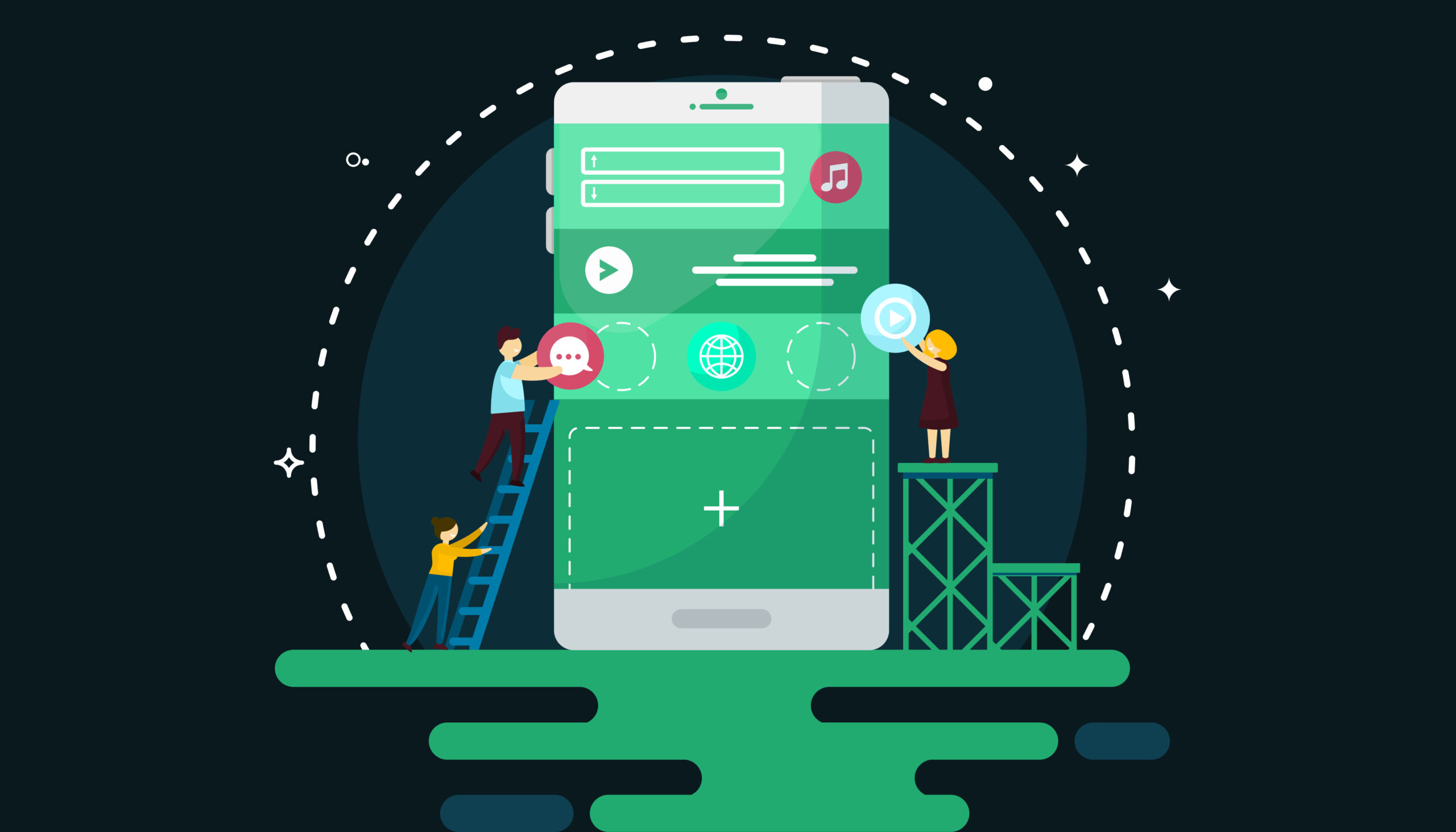Scalability is an important aspect of developing a web app. Whatever type of project you want to start, you must be prepared for an influx of users and expect the system to manage it. Be particularly cautious since there may come a moment when your system is not flexible enough to handle a large load. To avoid this, it is necessary to begin thinking about application scalability before the development phase begins.
Scalability refers to your web application’s capacity to handle an increasing number of people engaging with it at the same time. As a result, a scalable web application is one that works as well with one or a thousand users and can withstand ups and downs.
What are the factors that influence the scalability of web applications?
When it comes to the elements that determine scalability in web applications, the following must be considered:
- Scalable app architecture with clean-code design is essential for developing scalable online apps. The framework has an effect on the performance of the application (choose one that works best for you).
- Load testing assists in identifying and overcoming weak points in your application to ensure its smooth functioning.
- Only well-designed hardware can successfully impact scalability.
- Third-party services should be carefully chosen as well; otherwise, they may cause operational failure.
STEPS MAKING THE APPLICATION SCALABLE:
- Beginning with Scalable Databases:
What is the first consideration when planning for scale? Many businesses begin by concentrating on APIs, or processing services. This, however, would disregard one of the most important system components: databases.
Designing a scalable distributed database necessitates the attention of your development team and serves as the basis for everything else you will accomplish on the route to establishing a scalable application. Begin with the database. If you get it right, the rest will be a lot easier
2. Avoid storing:
If a small-scale application requires some storage, then a large-scale application must demand a lot of storage, right? And the more storage is required, the higher the expense and the possibility of performance issues.
Whenever possible, avoid storing. Only use storage for the most important components.
3. Create Stateless Applications:
Many apps maintain or transfer data (or “state”) across user sessions or services. The saving state allows for a more seamless user experience even if a session is interrupted. A stateless application does not save any session data for later usage. Stateless applications enable processes, services, and microservices to run independently of one another with fewer dependencies, allowing for more granular scaling.
Stateless apps also improve security, making scaling safer.
4. Make use of asynchronous communication:
Asynchronous communication allows an application to reply to many requests and launch various actions at the same time. This strategy ensures that your application remains responsive even as the number of requests increases.
Your application will handle I/O and CPU-bound requests rapidly if you use asynchronous design in your services and overall architecture. Asynchronous techniques such as reactive programming will enable services to be scalable, interactive, robust, and event-driven.
5. Tasks for Queue Automation:
Asynchronous communications rely on complex queueing systems for the automatic flow of tasks and processes. Otherwise, your queue automation will become a bottleneck if it is not designed to grow with the rest of your application services.
6. Integrate Load and Performance Testing Into Your Build Pipelines:
Test frequently and early. If you test too late in the development process, it may be highly expensive to solve problems with performance under load.
Integrate testing as early in the development cycle as feasible. By testing throughout development, you may find flaws and bottlenecks early on, allowing you time to modify your design and guarantee your application can scale.
Conclusion:
If you want to grow your firm, consider contacting Zenkoders to develop scalable apps. Therefore, as it’s not enough to simply upload an application to the cloud, in order to achieve this, our team of professional developers adheres to specified design principles throughout the development process.

